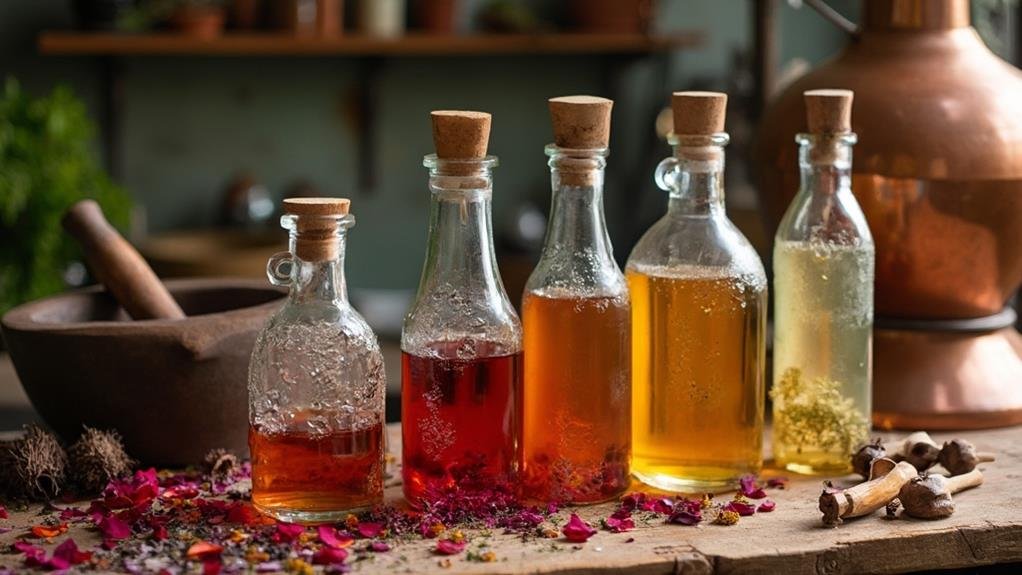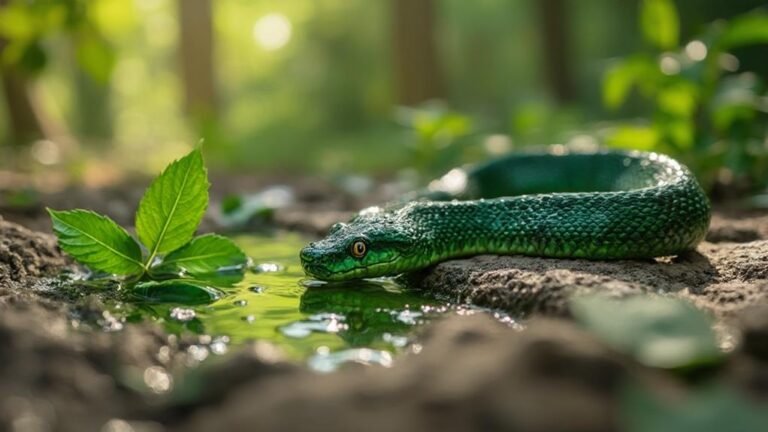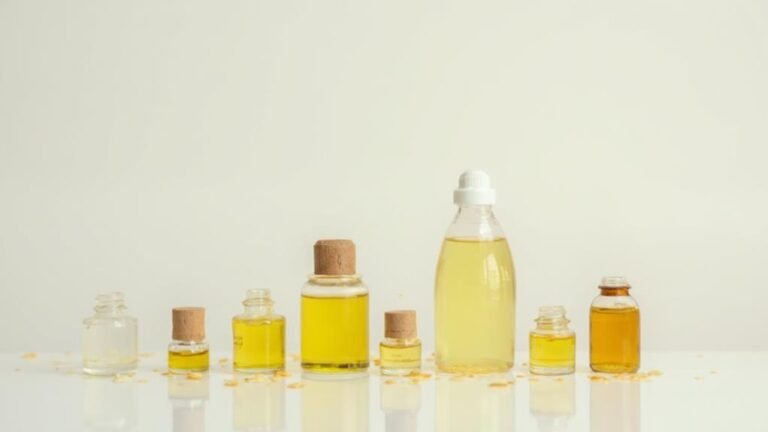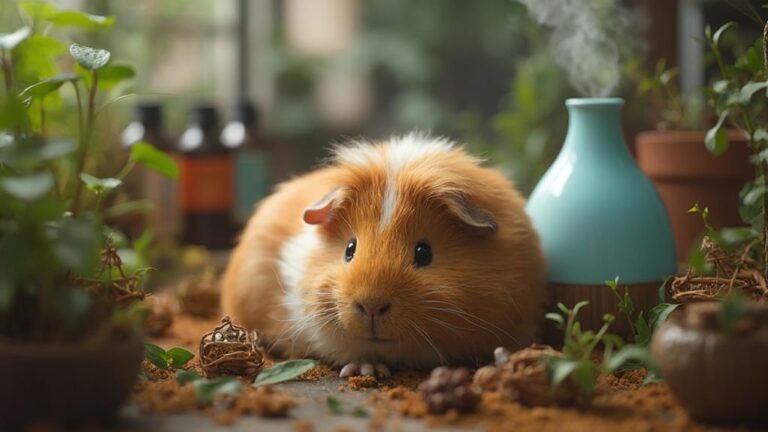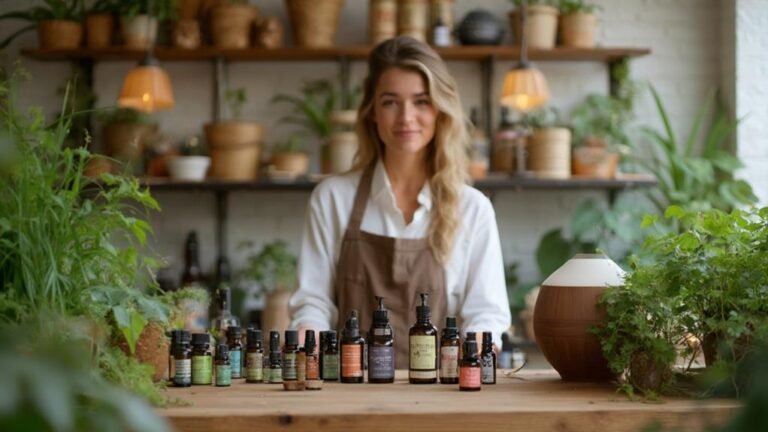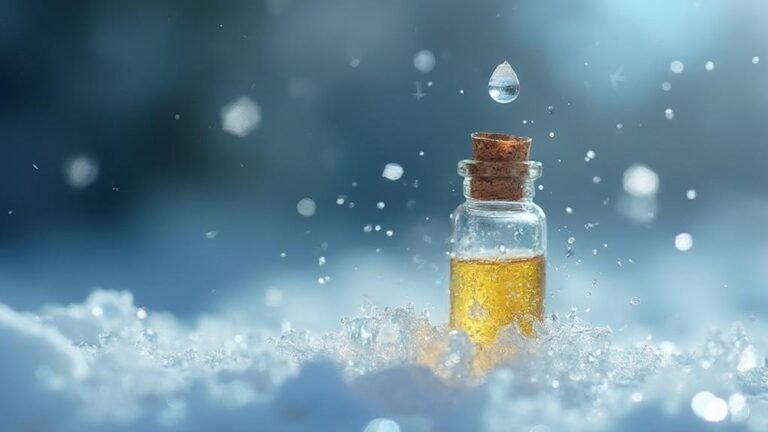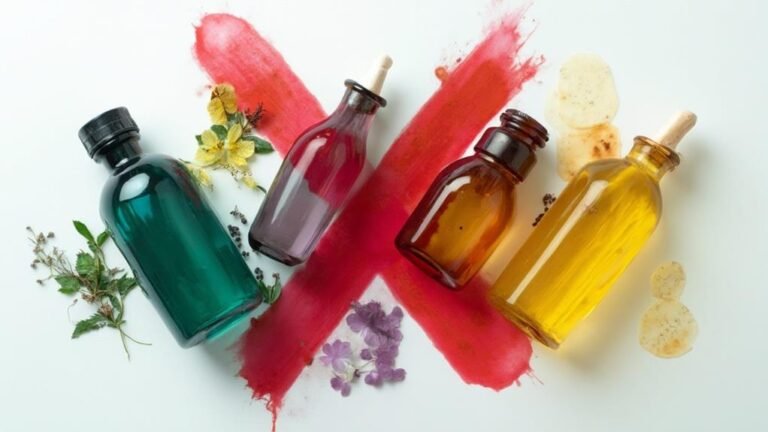How to Make Perfume Without Essential Oils
Are you passionate about creating unique fragrances but want to avoid using essential oils?
This comprehensive guide will teach you how to make your own perfume using a variety of alternative ingredients.
Making Perfume Without Essential Oils – Step-by-Step
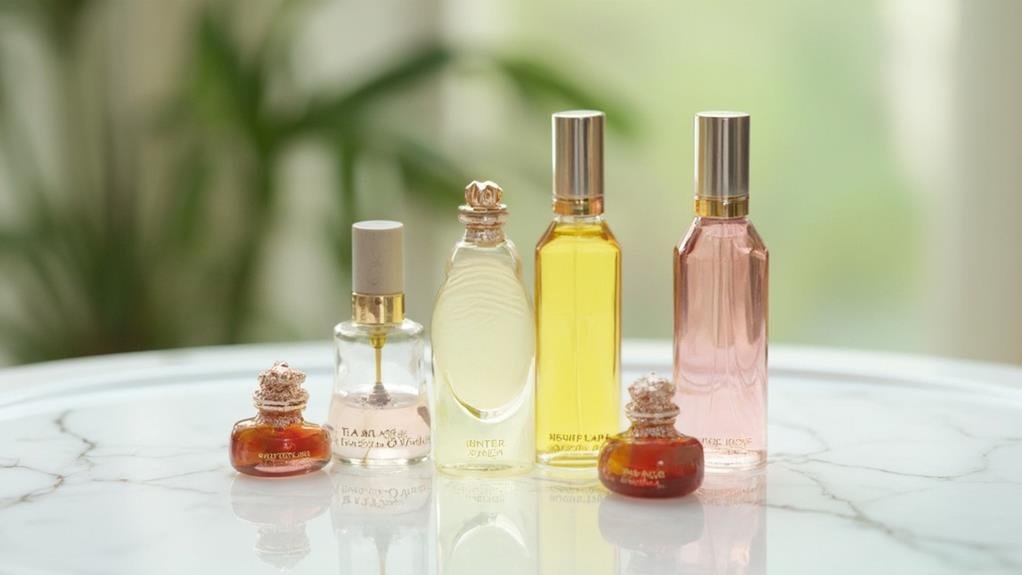
1. Choose Your Aromatic Ingredients
Begin by selecting a variety of herbs, flowers, or spices. These natural elements can be combined to develop a complex and layered fragrance profile. Consider using complementary scents that evoke a particular mood or memory, such as lavender and chamomile for relaxation, or citrus and mint for invigoration. For a guide on how to properly combine fragrances, visit our detailed comparison between essential oils vs fatty oils.
2. Prepare the Ingredients
- Fresh Ingredients: Start by washing the herbs or flowers thoroughly and pat them dry to remove any impurities. This step is crucial for maintaining the purity of your perfume.
- Dried Ingredients: Ensure that dried herbs or flowers are of high quality, free from mold or discoloration, to preserve the scent integrity.
3. Infuse Your Base
- Alcohol-Based Perfume: Use a high-proof vodka as your base. Fill a jar with vodka and add your chosen aromatic ingredients. Seal the jar tightly and let it sit in a cool, dark place for 3-4 weeks. Shake the jar gently every few days to help release and blend the fragrances.
- Oil-Based Perfume: If you prefer an oil base, select a carrier oil such as jojoba or sweet almond oil. Add your aromatic ingredients, seal the container, and allow it to infuse for 4-6 weeks, shaking occasionally. For more insights into suitable oils, explore our guide on mineral oil as carrier oil.
4. Strain the Mixture
After the infusion period is complete, strain the liquid using a cheesecloth or fine mesh sieve to remove solid particles.
This step ensures your perfume remains smooth and free from any debris that might affect its texture or application.
5. Adjust Strength (Optional)
For alcohol-based perfumes, you may wish to dilute the scent with distilled water. Begin by adding a teaspoon of water and adjust according to your desired fragrance strength. This allows you to customize the intensity of your perfume.
Tips for Creating Unique Fragrances
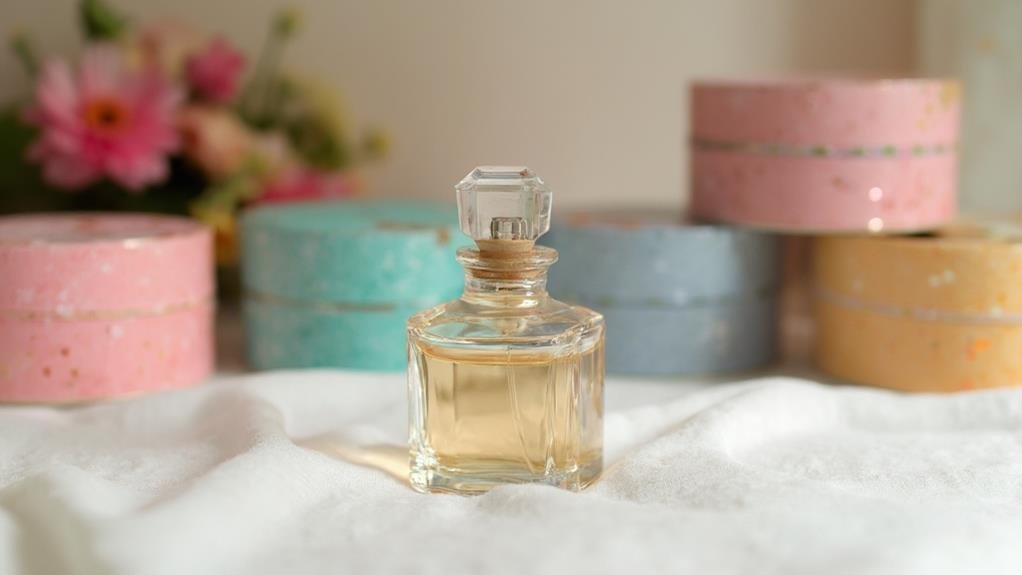
- Experimentation: Don’t hesitate to mix various herbs, flowers, and spices. Discover unique combinations like jasmine with vanilla for a sweet aroma or rosemary paired with lemon zest for a fresh, invigorating scent.
- Strength Adjustment: If your perfume is too strong, consider diluting it with additional water or oil. Conversely, if it’s too weak, allow more time for infusion or add extra aromatic ingredients.
- Layering Techniques: To create complex aromas, apply different homemade perfumes on top of each other. This layering technique lets you explore how different scents interact and evolve on your skin.
Troubleshooting Common Issues
- Overpowering Scents: Begin with smaller quantities of aromatic ingredients and gradually increase as needed.
- Weak Scents: Ensure that infusion times are adequate; adding more ingredients can also enhance fragrance strength.
- Skin Sensitivity: Always perform a patch test before extensive use to ensure compatibility with your skin.
Aging and Storage
- Aging Process: Allow your perfume to mature by storing it in a dark, cool place for an additional 2-6 weeks. This period enhances the blending and deepening of scents.
- Storage Solutions: Use dark glass bottles, such as amber or cobalt blue, to protect your perfume from light exposure that can degrade its quality. Ensure bottles have tight-fitting caps to prevent evaporation.
Preservation
- Using Antioxidants: Add a few drops of vitamin E oil to oil-based perfumes to help preserve them and extend their shelf life.
- Optimal Conditions: Store perfumes in a cool, dark environment to maintain their freshness and prevent spoilage over time.
Safety and Legal Considerations
- Patch Testing: Conduct patch tests on a small area of skin to check for any adverse reactions.
- Ingredient Research: Investigate the safety of each ingredient, especially if you plan to sell your creations.
- Regulatory Awareness: Familiarize yourself with local regulations regarding cosmetic production and labeling to ensure compliance.
Conclusion
Crafting perfume without essential oils offers a creative outlet for developing scents that are uniquely yours.
By using simple ingredients and exercising patience throughout the process, you can produce natural perfumes free from harsh chemicals.
Gather your favorite herbs, spices, and flowers, and start experimenting today to find your signature scent!

